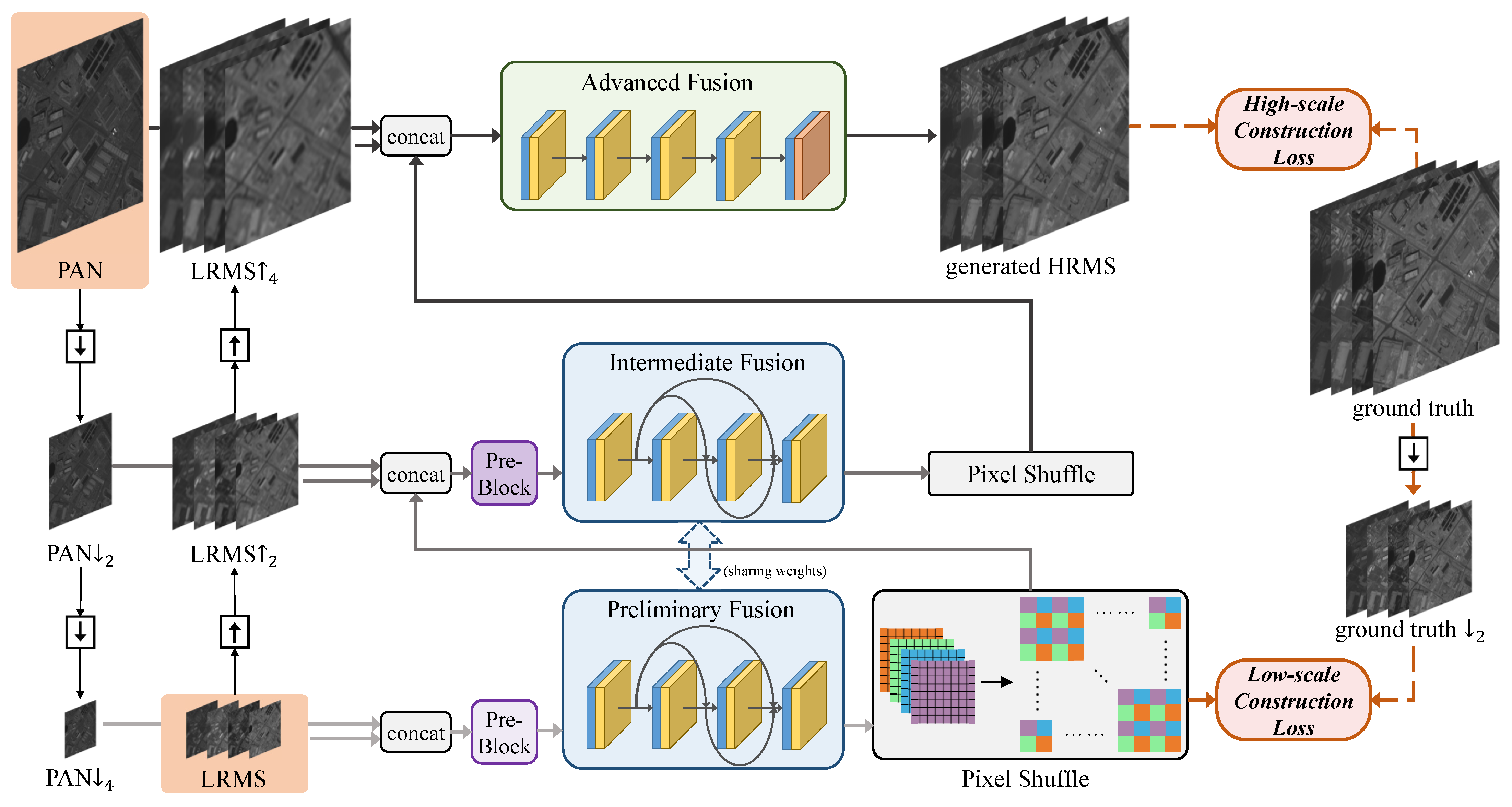

If you want to decrease torque, decrease current. So, if you want to decrease speed, decrease voltage. And they are, because the faster the rotor spins through the stator field, the greater back-emf it will generate. If the mechanical and electrical powers are correlated, as are the current and torque, then voltage and speed must be, also. The mechanical power always equals the electrical power after losses.įurthermore, current is proportional to torque, because the more current you apply, the stronger the magnetic field inside the motor, and the attraction between the motor's poles becomes greater. Mechanical power is the product of torque (\$\tau\$, in newton-meters) in and angular velocity (\$\omega\$, in radians per second):Ī motor is an electrical to mechanical power converter. Think of it this way: electrical power is the product of current \$I\$ and voltage \$E\$: Or, you must somehow make your motor less efficient.
#Universal control remapper losing control full#
If you want to decrease the motor speed, but you still want maximum torque, then you must apply full rated electrical power to the motor, and put a mechanical brake on the motor until it slows to the speed you desire. You seem to be confused about what you want. Can anyone help me on this? Can it be done with code? I want to decrease the motor speed without losing the maximum torque. When the motor is ON, it resists load (accelerates) and when it's OFF it does not resist load (gets slowed by load/decelerates), hence RPM can be controlled by amount of time motor is ON, while torque stays at max due to max current at ON period. Torque depends on available current, while RPM depends on available current or amount of time it is ON. What I have understood is that with PWM, the voltage and current are not affected by the duty cycle. As I use lower value of PWM to get slower speed (the current gets reduced as well), the torque of the motor is drastically reduced. I am using PWM generated by Arduino to control the speed of the motor. As Sassen shows, these two quasi-legal realms now have the power and legitimacy to demand accountability from national governments, with the ironic twist that both depend upon the state to enforce their goals.I am using MDS40A motor driver( ) to drive a power window motor (12V, brushed motor) similar to the one at ( ).
#Universal control remapper losing control series#
Two arenas stand out in the new spatial and economic order: the global capital market and the series of codes and institutions that have mushroomed into an international human rights regime. Sassen argues that a profound transformation is taking place, a partial denationalizing of national territory seen in such agreements as NAFTA and the European Union.

Examining the rise of private transnational legal codes and supranational institutions such as the World Trade Organization and universal human rights covenants, Saskia Sassen argues that sovereignty remains an important feature of the international system, but that it is no longer confined to the nation-state. What determines the flow of labor and capital in this new global information economy? Who has the capacity to coordinate this new system, to create a measure of order? And what happens to territoriality and sovereignty, two fundamental principles of the modern state? Losing Control? is a major addition to our understanding of these questions.


 0 kommentar(er)
0 kommentar(er)
